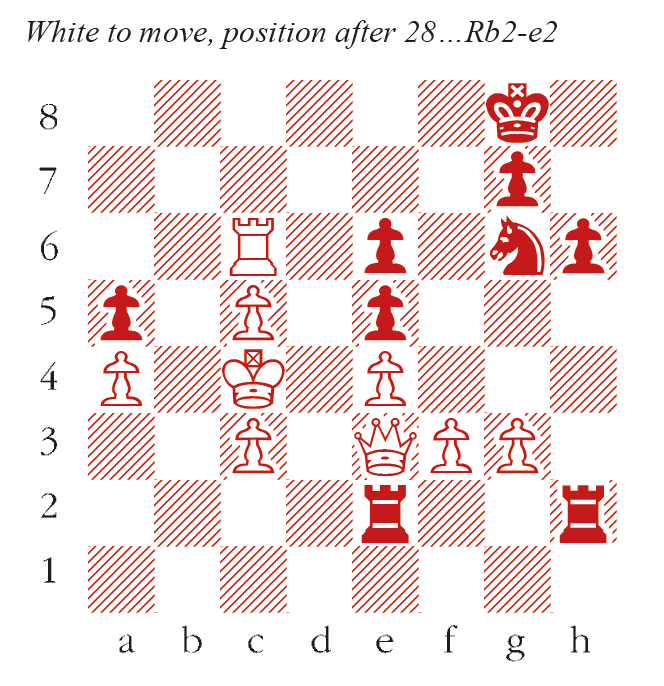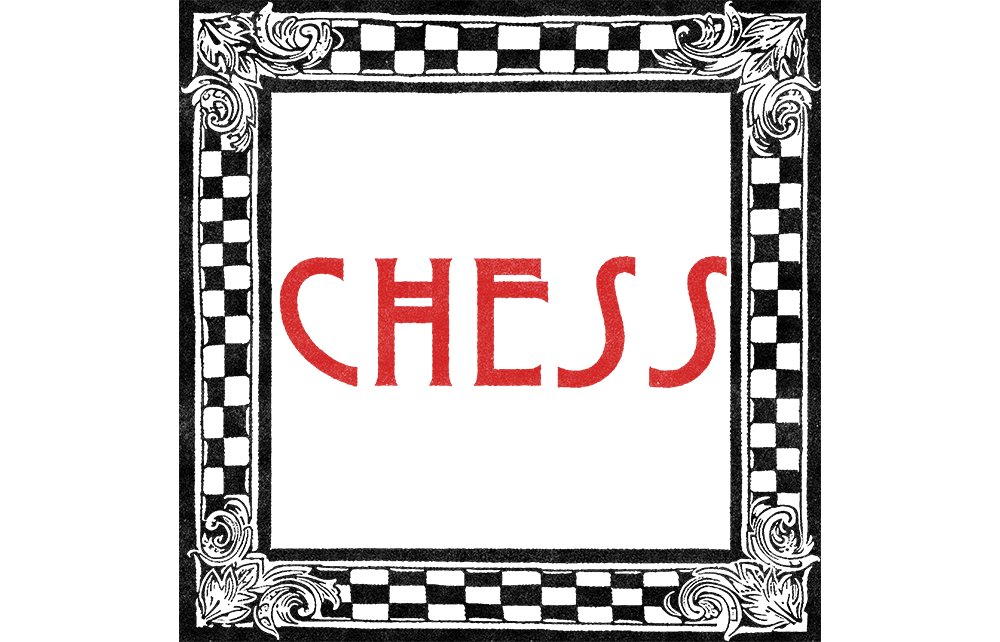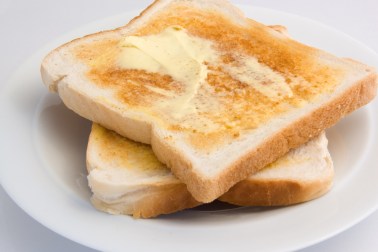
Magnus Carlsen’s run of nine straight wins at the Grenke Freestyle Open was, even by his own standards, extraordinary. The world no. 1 is a zealous advocate for freestyle chess, in which the pieces on the first rank are placed in one of 960 possible configurations at the start of the game. The format has been tested in a series of elite events, but the Grenke Open – held in Karlsruhe over the Easter weekend – was one of very few freestyle events open to players of all levels.
Based on the standard of Carlsen’s opposition (which included seven grandmasters), he would have expected to score 7/9 in normal chess (perhaps five wins and four draws). But the uncharted format makes it hard to compare his 9/9 score with historical precedents. It certainly testifies to the claim that freestyle chess maximises the scope for a stronger player to impose their skill, by forcing players to think on their feet from the very first move.
One of the greatest tournament performances of all time was Bobby Fischer’s perfect score (11 straight wins) at the 1963/64 US championship. In my view, Carlsen faced significantly stronger opposition than Fischer, though he won fewer games. At any rate, Fischer’s record is unlikely to ever be equalled in the US championship. Fabiano Caruana, for many years the world no. 2, won the last three editions, but never won more than half the games, so high is the standard now. Caruana himself has a strong claim to the best tournament performance of all time, when he began the Sinquefield Cup in 2014 with seven consecutive wins against the world elite (including Carlsen) before drawing his final three games to finish on 8.5/10.
The game below had as a start position: Ra1, Nb1, Bc1, Kd1, Qe1, Bf1, Rg1, Nh1. Black’s setup mirrors that: Ra8, Nb8, etc.
Magnus Carlsen-Victor Mikhalevski
Grenke Freestyle Open, April 2025
1 e4 e5 2 Bc4 Bc5 3 d3 Qe7 4 Nc3 c6 5 Ng3 d6 6 Be3 O-O Castling rules are peculiar in this format. Here, move the black king from d8 to g8 and the rook from g8 to f8. 7 Bxc5 dxc5 8 a4 Ng6 9 Qe3 Be6 10 Bxe6 fxe6 11 f3 Na6 12 Nf1 c4 13 dxc4 Rad8+ 14 Nd2 Qb4 15 Kc1 Nc5 16 g3 Rd7 17 Rd1 Rfd8 18 Ra3 a5 19 Nb3 Qxc3 An imaginative queen sacrifice, but the simple 19…Nxb3+ 20 Rxb3 Qxc4 was more sound. 20 bxc3 Rxd1+ 21 Kb2 Nxb3 22 Rxb3 22 cxb3 straightens out the pawns but loses to 22…R8d2+ 22…Rh1 Faced with imminent threats to his king after Rd8-d1, Carlsen must respond carefully. 23 c5! Now 23…Rdd1 24 c4! creates a bolthole on c3, so Mikhalevski looks for a new target on c2 instead. 23…Rxh2 24 Rxb7 Rdd2 25 Rc7 Rxc2+ 26 Kb3 h6 27 Rxc6 Rb2+ 28 Kc4 Rbe2 (see below)

At first sight, a draw by repetition looks plausible, as the White queen cannot ever escape harassment from the rooks. Carlsen found a stunning solution: 29 Qxe2! Rxe2 30 Rxe6 Nf8 30…Kf7 31 Rxg6! Kxg6 32 c6! and the Black rook cannot get back to stop the pawn via either of the two open files. 31 Rxe5 There are too many pawns for the knight to handle. Kf7 32 c6 Ne6 33 Rxa5 Ke7 34 Rd5 Re3 34…Ra2 35 a5 followed by f3-f4-f5 wins comfortably. 35 Rd7+ Ke8 36 a5 Rxf3 37 a6 Nd8 38 Rxd8+ Black resigns






Comments